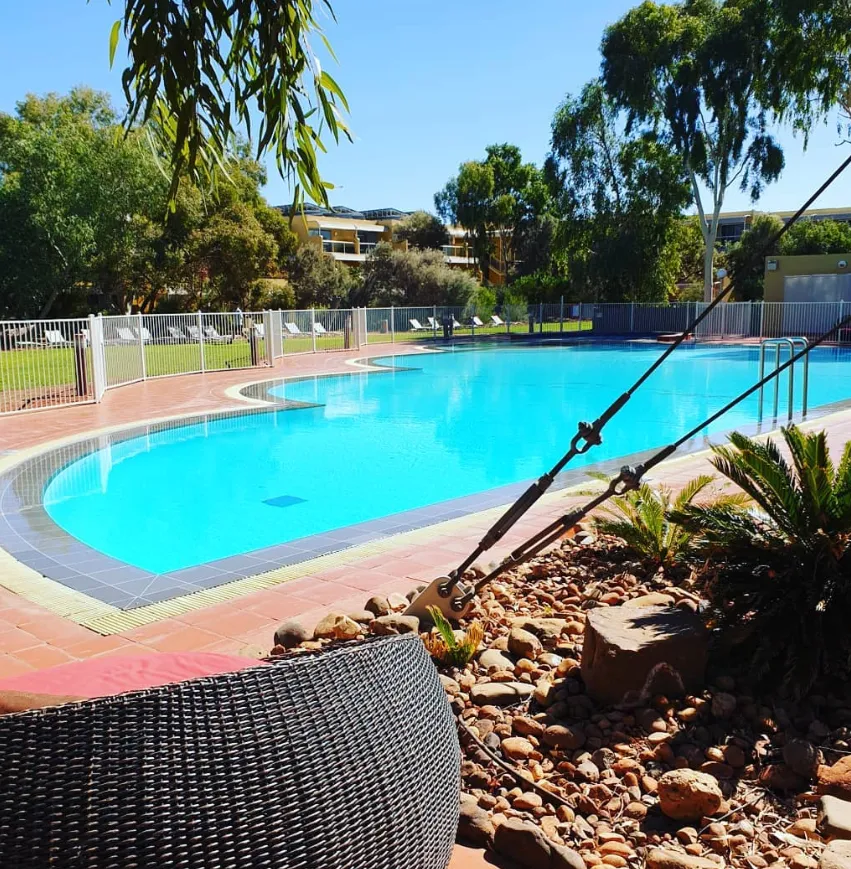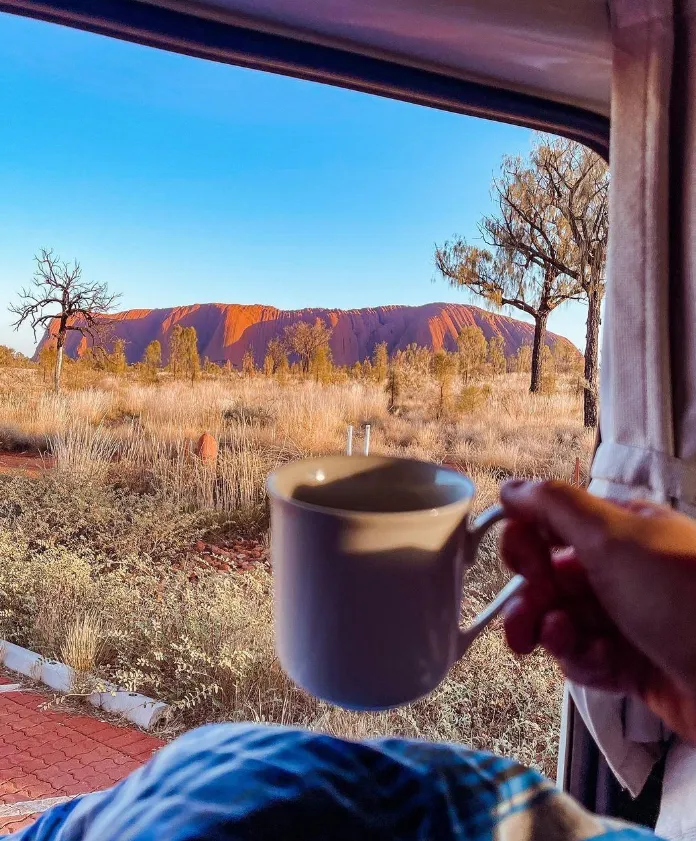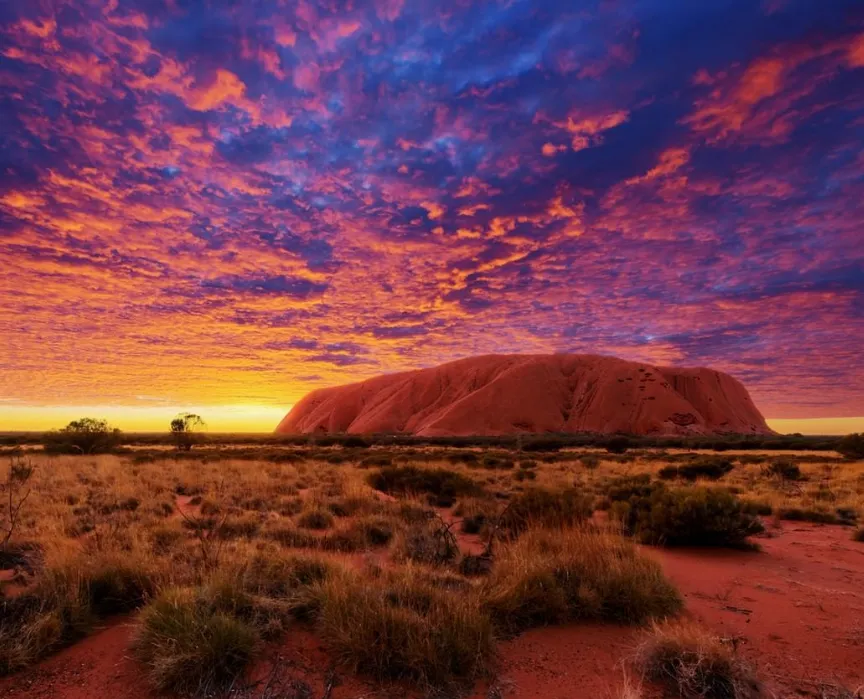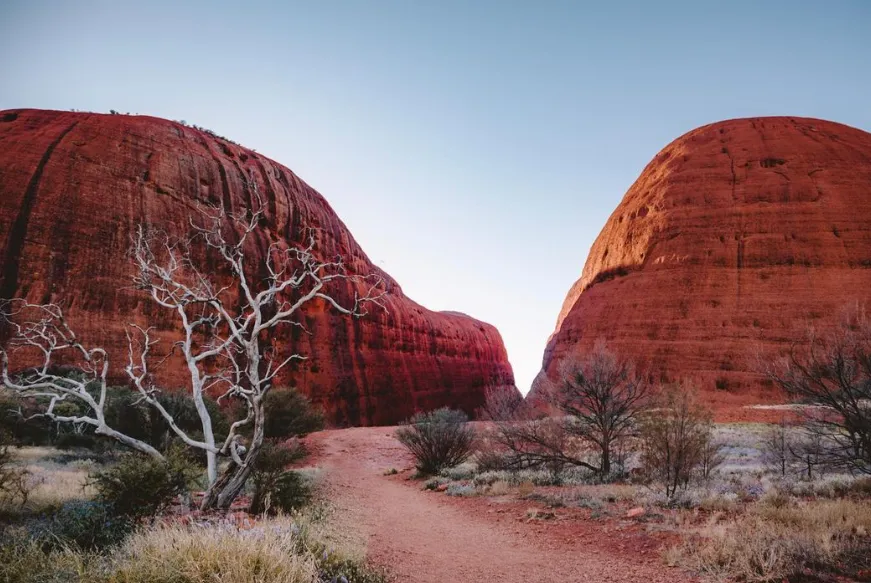Australia is home to several unique natural wonders and Uluru, also referred to as Ayers Rock, is undeniably one of the most iconic! Located at the very heart of Northern Territory, this huge rock holds deep spiritual significance for its traditional owners, the Anangu people. Visiting Uluru can be a delightful experience but meticulous planning is required to have a stress-free trip and show respect for the cultural and environmental importance of this area.
Pre-Trip Planning
Research and Preparation
Best Time to Visit: Spring months offer mild temperatures hence they are ideal for outdoor activities. Summer can be extremely hot while winter nights can be quite cold.
Weather Considerations: Prepare for extreme temperatures with day time highs often exceeding 40°C (104°F) during summer or near freezing at night in winter.
Cultural Sensitivities and Regulations: It’s crucial that visitors understand what Uluru means spiritually. There are certain areas which are sacred that you should not attempt to access without permission.Learn about Anangu culture and follow the guidelines set out by Uluru-Kata Tjuta National Park.
Booking Essentials

Accommodation Options: Ayers Rock Resort provides a range of accommodation from luxurious hotels to cheaper camping sites. It is advisable to make bookings ahead of time especially during high seasons.
Flights and Transportation: Virgin Australia has flights to both Ayers Rock Airport and Alice Springs among others. From the airport, you can rent a car or use shuttle services that go direct to Uluru.
Tours and Activities: Famous events like the Uluru Base Walk, guided cultural Uluru tour, as well as Field of Light installation sell out quickly. Secure these engagements early enough before missing them out.
Packing Tips
Clothing and Gear
Suitable Attire: For day activities light fabric clothes with good air flow are best; still it gets really cold during evening hours so warm layers would come handy.
Footwear Recommendations: You need comfortable well fitting shoes for walking around the trails and rugged grounds.
Essentials
Sun Protection: Hats, sun lotion, and sunglasses are essential to protect you from the harsh desert sun rays.
Hydration: Water in bottles or hydration packs would be essential owing to fast-dehydration that might happen due to high temperatures. Although tap water is available it’s a good idea to have extra water especially on long hikes.
Snacks and Portable Meals: High-energy snacks and portable meals will keep you fueled during your adventures through the park.
Other things to have in your backpack
First Aid Kit: Bandages, antiseptic, personal medications among others are needed in a first aid kit.
Photography Equipment: Visitors may also bring their cameras or smartphones to capture breathtaking landscapes inclusive of unique plants and animals.
Cultural Respect Items: One should put on appropriate clothes as a means of honoring Aboriginal people’s cultural values.
Travel Tips
Transportation Options
Getting to Uluru: Most tourists fly into Ayers Rock Airport or Alice Springs. Uluru is about 450km away from Alice Springs hence it could be an amazing experience driving there as one explores Central Australia by road.
Getting Around Uluru: Renting a car allows visitors maximum flexibility because they can explore at their own pace while shuttle buses or guided tours are an easy option too.

Timing and Scheduling
Early Morning and Late Afternoon Activities: It is cooler and better lighting for photography as well as seeing rock color changes occurs during these hours of the day only.
Avoiding Peak Tourist Times: Coming during shoulder seasons (late autumn and early spring) would help avoid crowds that may gather here thus enjoying your trip better than others with more people around..
Health and Safety
Staying Hydrated and Cool: Do not forget to drink enough water every time while taking breaks in shady areas. There are several refill stations at Uluru-Kata Tjuta National Park.
Emergencies Handling: Know the locations of medical facilities and keep a basic first aid kit. Uluru-Kata Tjuta National Park rangers are also equipped to deal with emergencies.
Exploring Uluru
Attractions and Activities
Walk round Uluru’s base: This 10.6 kilometer walk around the base of Uluru is as long as 10 football fields, giving an intimate experience about the rock’s various features.
Places for viewing sunrise and sunset: The Talinguru Nyakunytjaku platform is a favorite spot for catching sunrise over coffee. Gorgeous views are provided by the Uluru sunset experience, mostly enjoyed with delicious barbecue dinner.
Guided Tours and Cultural Experiences: Engage in guided tours that explain the ancient rock art and the rich Aboriginal heritage. One can learn about Anangu people’s stories and traditions.

Respecting the Land and Culture
Sticking on allocated routes: Stay on marked trails to protect the fragile environment and respect the cultural significance of this place.
Understanding and Honoring Anangu Culture: Participate in cultural activities offered by the traditional owners. Show respect by not climbing Uluru, as it is a sacred site.
Photography Guidelines: Some areas are culturally sensitive such that should not be photographed. Follow park guidelines; if you are unsure, ask park personnel.
Additional Tips
Meeting Local Communities

Involvement in Local Events and Activities: Visit Alice Springs Desert Park, Kings Canyon or Tjuta National Park among other nearby attractions. Consider taking a day trip to enhance your knowledge of natural history of Central Australia.
- Supporting indigenous businesses/artisans Purchase genuine souvenirs through local markets in support of aboriginal communities.
- Sustainable & Eco-Friendly Practices
- Reducing Waste Volume Minimize waste generation using reusable water bottles/bags/containers instead.
- Wildlife Respect & Natural Resource Conservation Avoid tampering with wildlife like wild camels or even water holes and other natural features.
FAQ
How do I get to Uluru?
Ayers Rock Airport or Alice Springs are possible destinations. They include flights from airlines such as Virgin Australia. This road trip can really be fun and is about a 450km drive from Alice Springs to Uluru where you can see Central Australia.
Are there any cultural considerations I should be aware of?
Oh yes! It’s a sacred place whereby Anangu people deeply connect with it heartwise because they are the traditional owners. Some parts are taboo meaning that entry is restricted. You should show respect by following their cultural values and observing rules established byUluru-Kata Tjuta National Park administration.
What are the must-see attractions and activities at Uluru?
Crowd favourites include places like The base walk around Uluru ,sunrise viewing areas,sunset viewing areas and guided tours through the local culture center .Additionally, one may also delight in other attractions such as Field of Light installations and camel rides, among others .
Can I visit other nearby attractions?
Yes, some of these places include Kings Canyon, Tjuta National Park and Alice Springs Desert Park located near Uluru. Some iconic sites like Kakadu National Park,, Litchfield National Park and Kings Creek Station are available for single day visits.
What should I do if I encounter wildlife?
You can see plenty of wildlife including wild camels in Central Australia. You should not get too close to them or feed them lest they turn into pets. So avoid interfering with their habitats.
Are there any unique experiences I shouldn’t miss?
In addition to visiting Uluru, make sure you also go to other great natural sites such as Ormiston Gorge and Redbank Gorge which offer fresh waters for swimming and several trails. Apart from that one can have a romantic picnic at picnic tables or even have an evening sundowner with three-course dinner which will be remembered forever.
